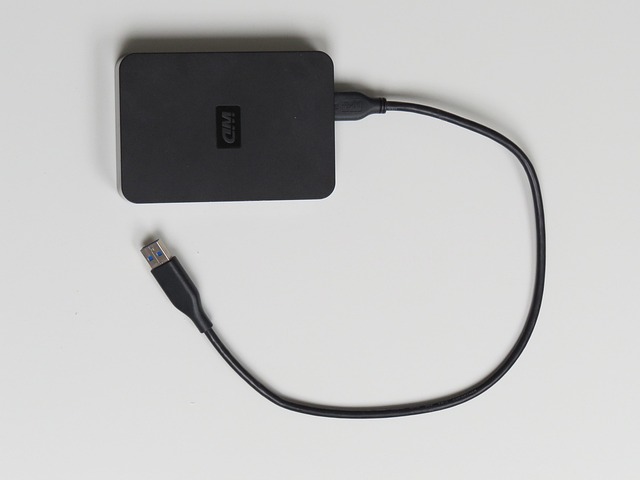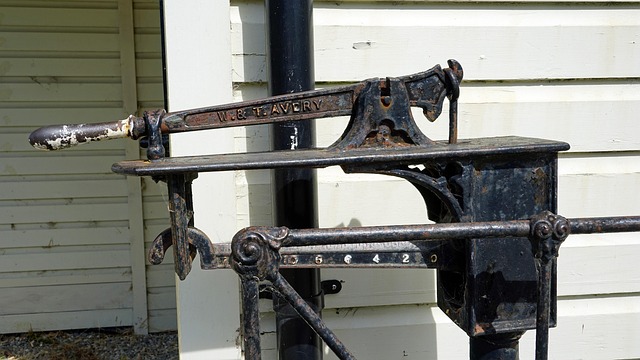Reverse osmosis (RO) is a powerful water purification process that removes impurities like heavy metals and chemicals from water using pressure-driven semi-permeable membranes. To choose an RO system, consider specific water quality needs, household usage, and local contaminants like chlorine or heavy metals. Regular maintenance, including filter changes and gentle cleaning, ensures optimal performance and extends the lifespan of your RO system, providing access to clean drinking water.
Looking for pure, clean drinking water? Consider installing a reverse osmosis (RO) system. This powerful water purification process removes up to 99.9% of contaminants, from dissolved salts and minerals to harmful bacteria and chemicals, ensuring your family enjoys safe, healthy water without relying on expensive cleaning products.
This comprehensive guide covers everything you need to know: from understanding RO’s benefits and choosing the right system, through installation and maintenance tips for optimal performance.
- Understanding Reverse Osmosis: A Water Purification Process
- Benefits of Using RO Systems for Clean Drinking Water
- Choosing the Right Reverse Osmosis System for Your Home
- Installation Process: A Step-by-Step Guide
- Maintenance and Care Tips for Optimized Performance
Understanding Reverse Osmosis: A Water Purification Process

Reverse osmosis is a powerful water purification process that has gained popularity for its ability to provide extremely clean and safe drinking water. This method involves using pressure to force water molecules through a semi-permeable membrane, leaving behind contaminants such as heavy metals, bacteria, viruses, and even certain chemicals found in cleaning products. By doing so, reverse osmosis ensures that only pure water passes through, resulting in high-purity water suitable for drinking and cooking.
The process begins by feeding unfiltered water under pressure onto one side of the membrane. The semi-permeable nature of the membrane allows water molecules to pass through while blocking larger particles and ions. Clean water then collects on the other side, ready for consumption or various household uses. This technology is highly effective in removing a wide range of impurities, making it a preferred choice for those seeking top-notch water purity.
Benefits of Using RO Systems for Clean Drinking Water

Reverse Osmosis (RO) systems have emerged as a game-changer in ensuring clean and safe drinking water for homes and businesses. By employing advanced filtration technology, RO systems effectively remove a wide range of contaminants, including bacteria, viruses, heavy metals, and chemicals found in common cleaning products. This multi-stage filtration process produces water that meets or exceeds the standards set by regulatory bodies for potable water.
One of the key advantages of RO systems is their ability to significantly improve taste and odor profiles. By eliminating impurities, RO water provides a purer sensory experience, enhancing the overall quality of beverages and food preparation. Moreover, using RO systems can lead to cost savings in the long run by reducing reliance on bottled water, which not only benefits the environment but also offers a more economical solution for clean drinking water.
Choosing the Right Reverse Osmosis System for Your Home

When considering a reverse osmosis (RO) system for your home, choosing the right one involves understanding your specific needs and water quality concerns. Factors to consider include the level of purification required, the amount of water usage in your household, and the type of contaminants present in your local water supply – be it chlorine from cleaning products or other chemical residues.
For instance, if you’re concerned about removing heavy metals, bacteria, or specific chemicals like lead and arsenic, look for an RO system with advanced filters that cater to these issues. Some models come with pre-filters to reduce sediment and improve the overall efficiency of the process. Additionally, ensure the system is capable of keeping up with your family’s water demands without compromising purification quality.
Installation Process: A Step-by-Step Guide

Maintenance and Care Tips for Optimized Performance

Regular maintenance is key to ensuring your reverse osmosis (RO) system maintains optimal performance and purifies water effectively. Start by scheduling periodic checks, ideally every 3-6 months, to inspect for any signs of wear or damage. Clean or replace filters as recommended by the manufacturer, typically every 1-2 years, depending on usage. Using gentle, non-toxic cleaning products is crucial to prevent compromising the RO membrane’s integrity. Avoid harsh chemicals that could leave residues and affect water quality.
Additionally, monitor the system for any unusual noises or changes in water pressure. Addressing issues promptly can save you from more complex (and costly) repairs down the line. Regular maintenance not only prolongs your RO system’s lifespan but also guarantees consistent access to pure, safe drinking water.






